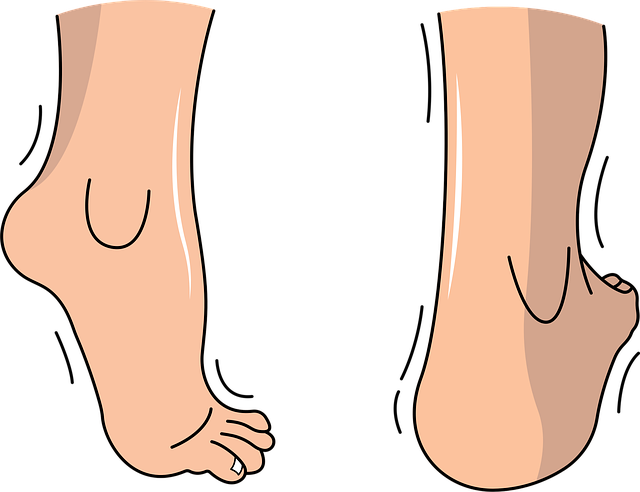Therapy records are essential in compensation claims for wrongful death and severe pain and suffering, providing detailed insights into an individual's recovery journey. In employment disputes and defective product cases, these records document condition evolution and treatment responses, aiding fair pain and suffering compensation determinations. For wrongful death claims, medical documentation quantifies and substantiates pain and suffering, offering irrefutable accounts of physical and emotional distress. These records are vital for reaching fair injury compensation decisions in business litigation, prioritizing clients' recovery and well-being.
“In the intricate process of suffering compensation claims, understanding the significance of therapy records is paramount. This article guides you through the pivotal role these records play, especially in wrongful death cases where quantifying pain and suffering is crucial.
We’ll explore how medical documentation serves as concrete evidence, facilitating fair settlements. By delving into effective strategies for utilizing therapy records, claimants can ensure their claims are robustly supported, ultimately enhancing the chances of successful compensation.”
- Understanding Therapy Records in Compensation Claims
- The Role of Medical Documentation in Wrongful Death Cases
- Quantifying Pain and Suffering: Using Records Effectively
Understanding Therapy Records in Compensation Claims

In the realm of compensation claims, therapy records play a pivotal role, especially when it comes to quantifying and documenting pain and suffering. These records, meticulously maintained by healthcare professionals, offer a comprehensive view of a claimant’s physical and mental well-being following an injury or traumatic event. For instances involving wrongful death or severe injuries leading to prolonged pain management, therapy sessions become crucial evidence. They provide insights into the extent of the individual’s distress, their journey towards recovery, and the lasting impact on daily life—all essential factors in determining fair compensation for pain and suffering.
When navigating claims related to defective products or employment disputes, where pain and suffering are potential damages, therapy records serve as powerful tools. They can illustrate the evolution of a patient’s condition, the effectiveness (or lack thereof) of treatments, and the overall impact on their ability to function normally. This documentation is instrumental in legal proceedings, ensuring that claimants receive appropriate redress for their suffering, whether resulting from product liability issues or employment-related traumas.
The Role of Medical Documentation in Wrongful Death Cases

In wrongful death cases, medical documentation plays a pivotal role in quantifying and substantiating claims for pain and suffering. These records serve as irrefutable evidence of the client’s physical and emotional distress, offering a comprehensive view of their journey from injury to recovery. Therapists, doctors, and other healthcare professionals document various aspects of a patient’s condition, including treatment plans, progress reports, and assessments of pain levels. This detailed medical history is invaluable in wrongful death scenarios, where determining the extent of suffering and its impact on the client’s life becomes paramount.
The documentation not only supports the calculation of monetary compensation for pain and suffering but also aids in understanding the long-term implications of the injury. It helps assess whether the victim experienced a significant disruption to their daily routines, employment capabilities, or overall quality of life. In business litigation involving personal injury claims, these records are crucial in reaching an equitable injury compensation decision, ensuring that the client’s recovery and well-being are at the forefront.
Quantifying Pain and Suffering: Using Records Effectively

Quantifying pain and suffering in compensation claims is a complex process, but therapy records can serve as invaluable tools for documenting an individual’s emotional and psychological experiences following a traumatic event, such as wrongful death or caregiver abuse. These records provide a detailed account of the patient’s journey, including their symptoms, treatment history, and overall well-being. An accident attorney can effectively use these documents to build a compelling case by illustrating the extent of the client’s suffering.
For instance, therapy sessions can capture the intensity and duration of pain, both physical and emotional, and how it impacts daily life. In cases of wrongful death, records might highlight the grieving process and its long-term effects on the surviving family members. When there’s an insurance coverage dispute, these documents can be instrumental in demonstrating the need for ongoing support and treatment, ensuring just compensation for pain and suffering.
In navigating complex compensation claims, especially those involving wrongful death and significant pain and suffering, therapy records play a pivotal role. This article has explored the significance of these records in both understanding compensable harm and quantifying damages. By meticulously reviewing medical documentation, including therapy sessions, legal professionals can present compelling cases, ensuring just compensation for victims and their families. Effective use of these records is key to achieving fairness and closure in wrongful death cases.






